-
 Bitcoin
Bitcoin $117500
2.15% -
 Ethereum
Ethereum $3911
6.19% -
 XRP
XRP $3.316
10.79% -
 Tether USDt
Tether USDt $1.000
0.01% -
 BNB
BNB $787.2
2.24% -
 Solana
Solana $175.2
4.15% -
 USDC
USDC $0.9999
0.00% -
 Dogecoin
Dogecoin $0.2225
8.40% -
 TRON
TRON $0.3383
0.28% -
 Cardano
Cardano $0.7868
6.02% -
 Stellar
Stellar $0.4382
9.34% -
 Hyperliquid
Hyperliquid $40.92
7.56% -
 Sui
Sui $3.764
7.63% -
 Chainlink
Chainlink $18.48
10.66% -
 Bitcoin Cash
Bitcoin Cash $582.1
1.88% -
 Hedera
Hedera $0.2601
6.30% -
 Avalanche
Avalanche $23.33
4.94% -
 Ethena USDe
Ethena USDe $1.001
0.02% -
 Litecoin
Litecoin $122.3
2.04% -
 UNUS SED LEO
UNUS SED LEO $8.969
-0.27% -
 Toncoin
Toncoin $3.339
0.86% -
 Shiba Inu
Shiba Inu $0.00001287
4.30% -
 Uniswap
Uniswap $10.43
7.38% -
 Polkadot
Polkadot $3.861
5.08% -
 Dai
Dai $1.000
0.02% -
 Bitget Token
Bitget Token $4.513
3.41% -
 Monero
Monero $267.7
-6.18% -
 Cronos
Cronos $0.1499
4.14% -
 Pepe
Pepe $0.00001110
5.15% -
 Aave
Aave $284.9
8.28%
NEAR Protocol (NEAR) Trading: Sharded Public Chain Token Guide
NEAR Protocol uses sharding to boost scalability, with NEAR tokens essential for fees, staking, and governance in its ecosystem.
May 30, 2025 at 04:15 am
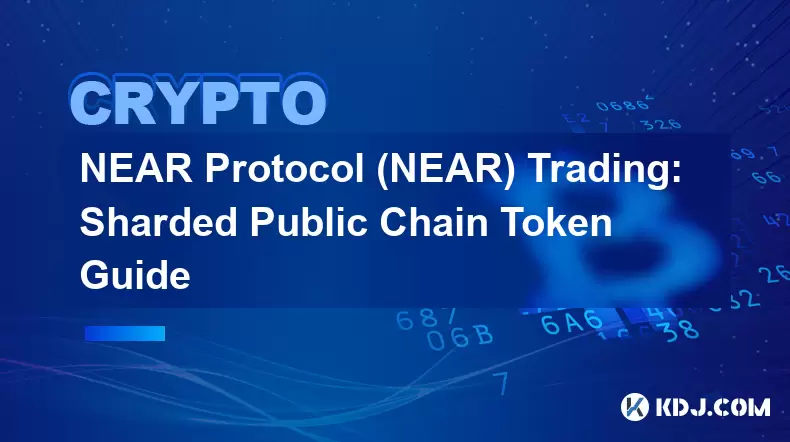
NEAR Protocol (NEAR) is a sharded public blockchain platform designed to provide a scalable and user-friendly environment for developers to build decentralized applications (dApps). As the native token of the NEAR platform, NEAR plays a crucial role in the ecosystem, serving as a medium of exchange, a means of governance, and a stake for network security. This guide will delve into the intricacies of trading NEAR tokens, providing a comprehensive overview for both novice and experienced traders.
Understanding NEAR Protocol and Its Token
NEAR Protocol aims to solve the scalability issues faced by many blockchain networks by implementing sharding technology. This allows the network to process multiple transactions in parallel, significantly increasing throughput and reducing transaction fees. The NEAR token is integral to the operation of the network, used for transaction fees, staking, and participating in governance decisions.
The tokenomics of NEAR are designed to incentivize network participation and security. A portion of the total supply is allocated for staking rewards, which encourages users to lock up their tokens to validate transactions and maintain the network's integrity. Understanding the fundamental role of NEAR within its ecosystem is essential for making informed trading decisions.
Setting Up a Wallet for NEAR
Before trading NEAR tokens, you need to set up a compatible wallet. NEAR supports several wallet options, including the official NEAR Wallet and third-party wallets like MetaMask with the NEAR extension. Here’s how to set up the official NEAR Wallet:
- Visit the NEAR Wallet website.
- Click on the "Create Account" button.
- Choose a unique account name and set a strong password.
- Complete the security verification process.
- Download and securely store your recovery phrase.
Once your wallet is set up, you can proceed to acquire NEAR tokens through various exchanges.
Acquiring NEAR Tokens
NEAR tokens can be purchased on numerous cryptocurrency exchanges, including major platforms like Binance, Coinbase, and Kraken. To buy NEAR tokens, follow these steps:
- Register on a reputable exchange that lists NEAR.
- Complete the KYC (Know Your Customer) verification process.
- Deposit funds into your exchange account using a supported payment method.
- Navigate to the trading section and search for the NEAR trading pair (e.g., NEAR/USDT).
- Enter the amount of NEAR you wish to purchase and execute the trade.
- Transfer your NEAR tokens to your NEAR Wallet for secure storage.
Trading Strategies for NEAR
Trading NEAR tokens involves understanding market trends and employing effective strategies. Here are some common strategies used by traders:
- HODL (Hold On for Dear Life): This strategy involves buying and holding NEAR tokens for the long term, betting on the future growth of the NEAR ecosystem.
- Day Trading: This involves buying and selling NEAR tokens within the same trading day to capitalize on short-term price movements.
- Swing Trading: This strategy focuses on capturing gains from NEAR’s price swings over a period of days or weeks.
- Staking: By staking your NEAR tokens, you can earn rewards while contributing to the network's security, which can be considered a form of passive income.
Each strategy has its own risk and reward profile, and traders should choose based on their risk tolerance and market analysis.
Monitoring NEAR Market Trends
To make informed trading decisions, it’s crucial to stay updated on NEAR market trends. Here are some tools and resources to help you monitor the market:
- Crypto Market Aggregators: Websites like CoinMarketCap and CoinGecko provide real-time data on NEAR’s price, trading volume, and market cap.
- Technical Analysis Tools: Platforms like TradingView offer charting tools and indicators to analyze NEAR’s price movements.
- News and Social Media: Following NEAR-related news and joining community discussions on platforms like Twitter and Reddit can provide insights into market sentiment.
Regularly reviewing these resources will help you understand the market dynamics affecting NEAR and make more informed trading decisions.
Risk Management in NEAR Trading
Trading cryptocurrencies, including NEAR, comes with inherent risks. Effective risk management is crucial to protect your investment. Here are some risk management strategies:
- Diversification: Spread your investments across different assets to reduce the impact of a single asset’s price drop.
- Stop-Loss Orders: Set stop-loss orders to automatically sell your NEAR tokens if the price falls below a certain level, limiting potential losses.
- Position Sizing: Only invest a small percentage of your total portfolio in NEAR to manage risk exposure.
- Continuous Learning: Stay educated on the latest developments in the NEAR ecosystem and broader crypto market to make informed decisions.
Implementing these risk management techniques can help you navigate the volatile nature of cryptocurrency trading.
Frequently Asked Questions
Q: Can I use NEAR tokens for purposes other than trading?
A: Yes, NEAR tokens can be used for various purposes within the NEAR ecosystem. They are used to pay for transaction fees, stake for network security, and participate in governance decisions. Additionally, dApps built on NEAR may use the token for in-app purchases or other functionalities.
Q: How does sharding in NEAR Protocol affect the token's value?
A: Sharding in NEAR Protocol enhances the network's scalability and efficiency, which can positively impact the token's value. By processing more transactions faster and at lower costs, NEAR can attract more developers and users, increasing demand for the token.
Q: Is it safe to store NEAR tokens in the official NEAR Wallet?
A: The official NEAR Wallet is designed with security in mind, offering features like two-factor authentication and secure recovery phrases. However, as with any cryptocurrency wallet, it's crucial to follow best practices such as using strong passwords, enabling all security features, and keeping your recovery phrase offline and secure.
Q: How can I participate in NEAR's governance?
A: To participate in NEAR's governance, you need to hold NEAR tokens. You can then vote on proposals submitted to the NEAR DAO (Decentralized Autonomous Organization). Proposals can include changes to the protocol, funding for new projects, or other governance decisions. You can find more information and submit your vote through the NEAR governance portal.
Disclaimer:info@kdj.com
The information provided is not trading advice. kdj.com does not assume any responsibility for any investments made based on the information provided in this article. Cryptocurrencies are highly volatile and it is highly recommended that you invest with caution after thorough research!
If you believe that the content used on this website infringes your copyright, please contact us immediately (info@kdj.com) and we will delete it promptly.
- Tron's Sell-Off Spurs Altcoin Shift: What's Next for TRX?
- 2025-08-08 08:30:12
- RUVI Presale: Is the Growth Potential Real?
- 2025-08-08 09:10:12
- Sleep Token's US Takeover: Thornhill Rides the 'Even In Arcadia' Wave
- 2025-08-08 08:30:12
- FTT Token's Wild Ride: Creditor Repayments vs. Market Drop - A New Yorker's Take
- 2025-08-08 07:10:12
- Floki Crypto Price Prediction: Riding the Robinhood Rocket or Just a Meme?
- 2025-08-08 07:15:12
- EigenLayer, Restaking, and Ethereum: Navigating the Hype and the Hazards
- 2025-08-08 06:30:12
Related knowledge

Where can I buy UMA (UMA)?
Aug 07,2025 at 06:42pm
Understanding UMA and Its Role in Decentralized FinanceUMA (Universal Market Access) is an Ethereum-based decentralized finance (DeFi) protocol design...

What exchanges support buying IOTA (MIOTA)?
Aug 07,2025 at 09:58pm
Understanding the Role of Private Keys in Cryptocurrency SecurityIn the world of cryptocurrency, private keys are the cornerstone of ownership and con...
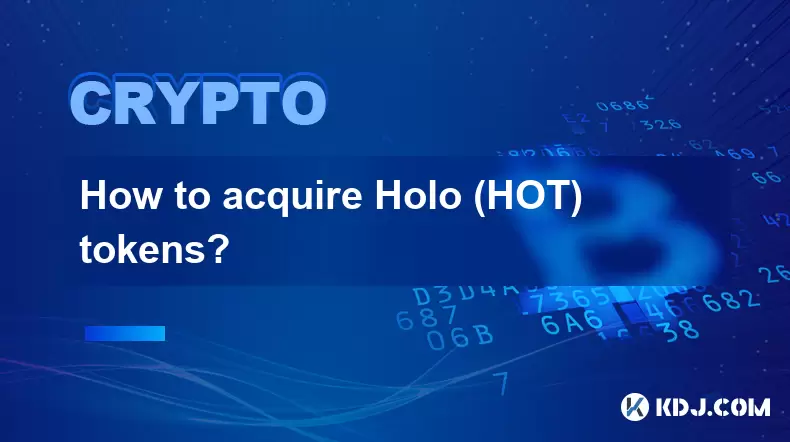
How to acquire Holo (HOT) tokens?
Aug 08,2025 at 05:56am
Understanding Holo (HOT) and Its EcosystemHolo (HOT) is a cryptocurrency token associated with the Holo ecosystem, which is built on the Holochain fra...
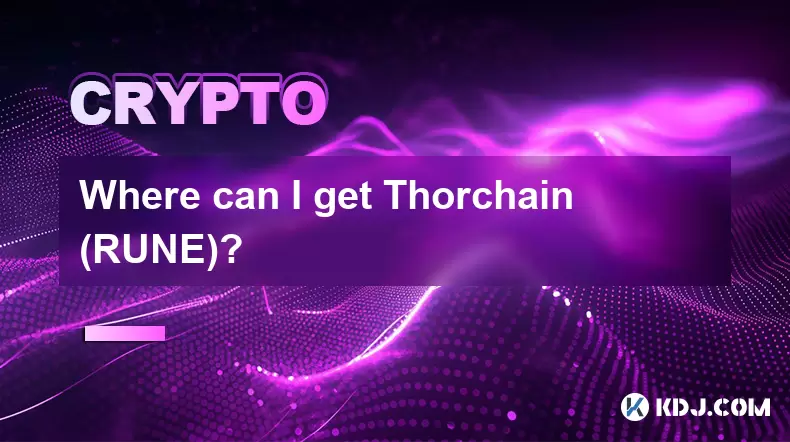
Where can I get Thorchain (RUNE)?
Aug 08,2025 at 08:07am
Understanding the Role of Seed Phrases in Cryptocurrency WalletsA seed phrase, also known as a recovery phrase or mnemonic phrase, is a critical compo...
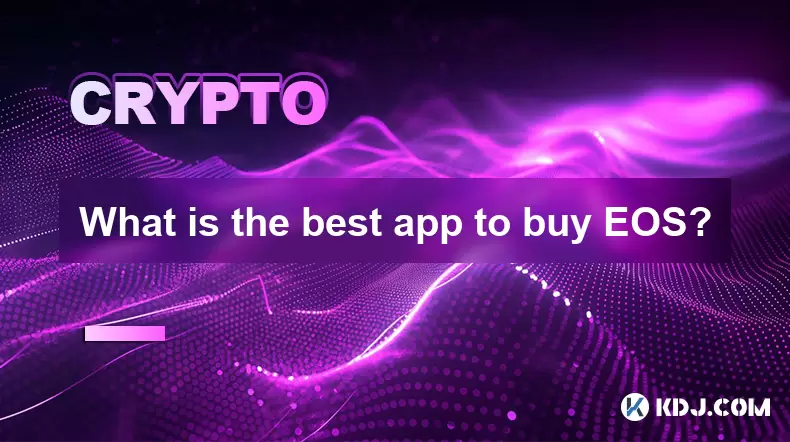
What is the best app to buy EOS?
Aug 07,2025 at 04:35pm
Understanding EOS and Its Role in the Cryptocurrency EcosystemEOS is a blockchain platform designed to support decentralized applications (dApps) with...
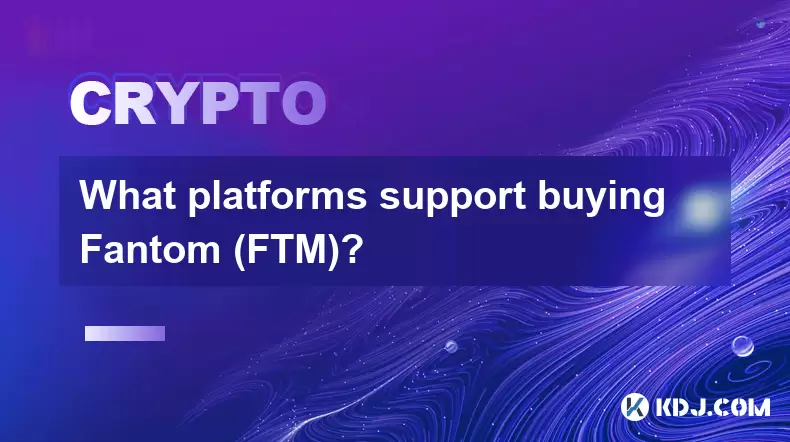
What platforms support buying Fantom (FTM)?
Aug 08,2025 at 01:56am
Overview of Fantom (FTM) and Its EcosystemFantom (FTM) is a high-performance, scalable, and secure layer-1 blockchain designed to overcome the limitat...

Where can I buy UMA (UMA)?
Aug 07,2025 at 06:42pm
Understanding UMA and Its Role in Decentralized FinanceUMA (Universal Market Access) is an Ethereum-based decentralized finance (DeFi) protocol design...

What exchanges support buying IOTA (MIOTA)?
Aug 07,2025 at 09:58pm
Understanding the Role of Private Keys in Cryptocurrency SecurityIn the world of cryptocurrency, private keys are the cornerstone of ownership and con...

How to acquire Holo (HOT) tokens?
Aug 08,2025 at 05:56am
Understanding Holo (HOT) and Its EcosystemHolo (HOT) is a cryptocurrency token associated with the Holo ecosystem, which is built on the Holochain fra...

Where can I get Thorchain (RUNE)?
Aug 08,2025 at 08:07am
Understanding the Role of Seed Phrases in Cryptocurrency WalletsA seed phrase, also known as a recovery phrase or mnemonic phrase, is a critical compo...

What is the best app to buy EOS?
Aug 07,2025 at 04:35pm
Understanding EOS and Its Role in the Cryptocurrency EcosystemEOS is a blockchain platform designed to support decentralized applications (dApps) with...

What platforms support buying Fantom (FTM)?
Aug 08,2025 at 01:56am
Overview of Fantom (FTM) and Its EcosystemFantom (FTM) is a high-performance, scalable, and secure layer-1 blockchain designed to overcome the limitat...
See all articles

























































































